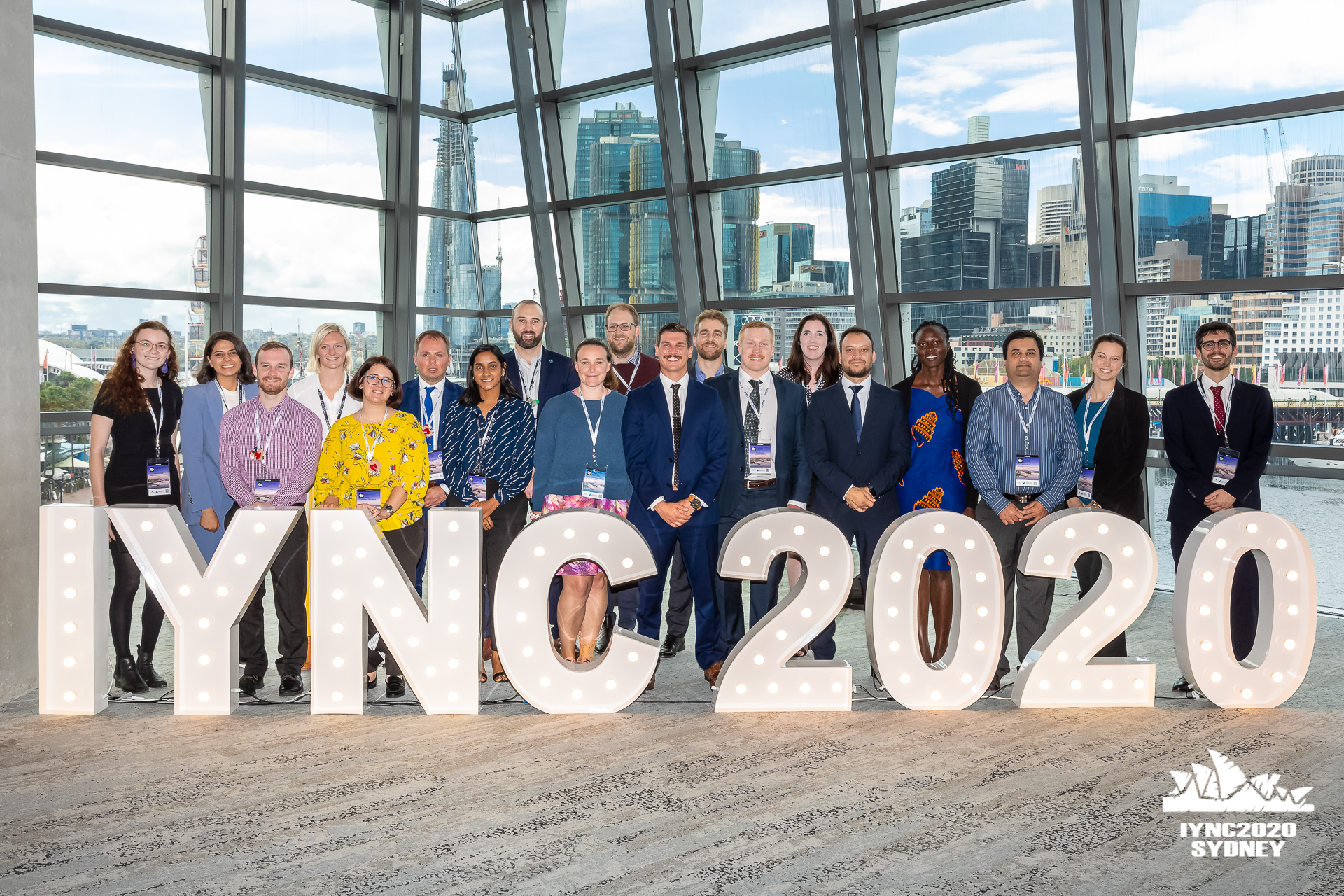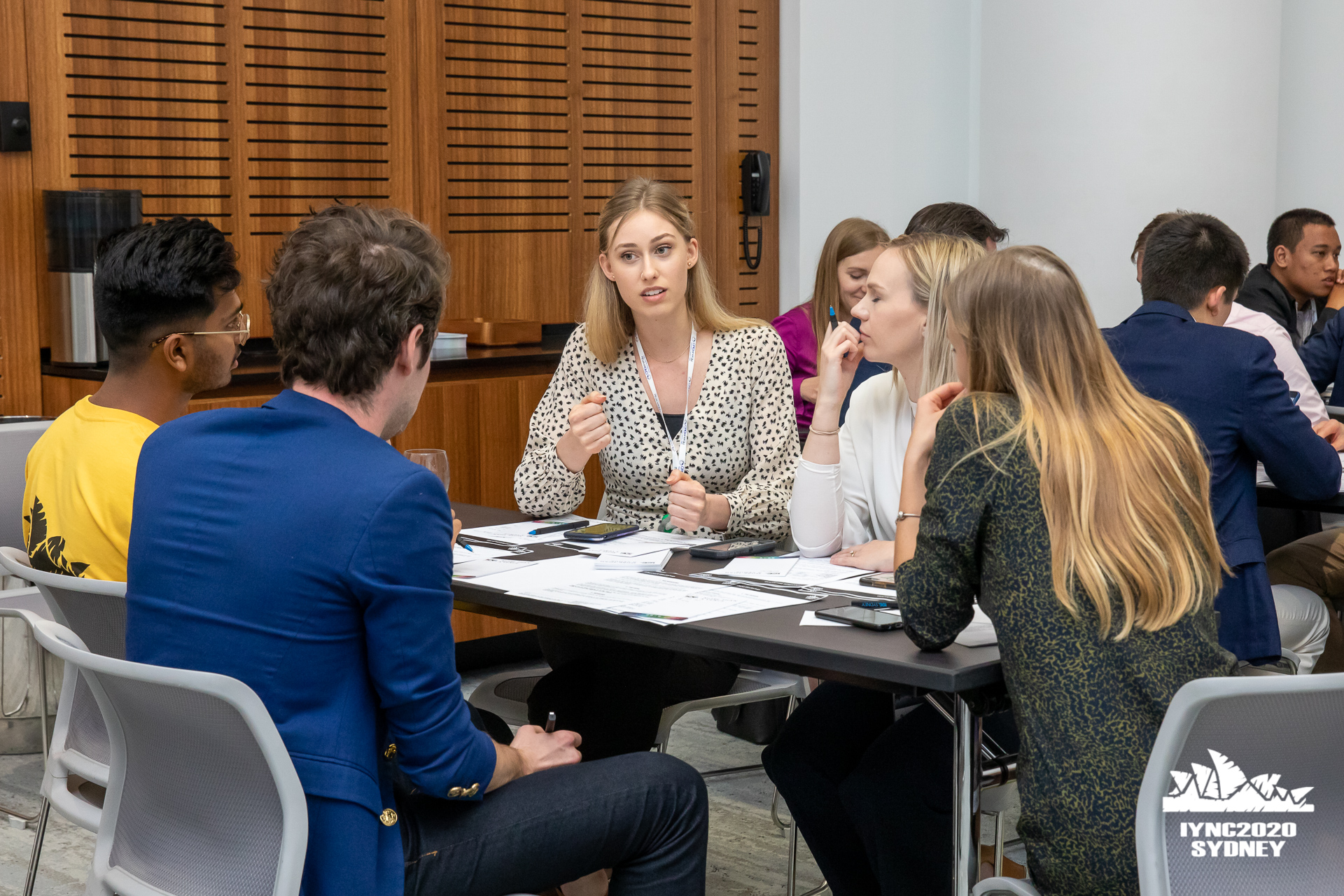In early March, IAEA experts joined almost 300 students, young professionals and government delegates from 43 countries in Sydney, Australia as they attended lectures, actively engaged in panel discussions and identified possible mentors at the International Youth Nuclear Congress (IYNC). Held biennially since 1997 to galvanize and promote the role of youth in the nuclear sector, this year’s IYNC was organized under the theme ‘Diversity in Nuclear.’ To help ensure that the discussions held throughout the Congress benefitted from a diversity of voices and viewpoints, the Agency supported the attendance of 12 young professionals from all regions through the technical cooperation (TC) programme, to share with and learn from their international peers and colleagues.
“Under the theme ‘Diversity in Nuclear,’ the objective of the conference was to promote and enable the diversity of people engaged in the many peaceful uses of nuclear science and technology,” said Gustavo Gimenez, the International Organizations Chair of the IYNC.
Najat Mokhtar, IAEA Deputy Director General and Head of the Department of Nuclear Sciences and Applications, joined the Congress remotely and, in a video statement delivered during the plenary session of IYNC 2020, encouraged the participants to work closely with one another to leverage the growing diversity of the nuclear world. “This diversity of the nuclear field is what makes working in this area so exiting. At the same time, in order to ensure that the full potential of nuclear technology and applications can unfold, we need a highly skilled and diverse nuclear workforce,” said Ms Mokhtar. “We cannot afford to miss out on much-needed talents to address the development challenges that many countries still face, and for which our support is needed.”


